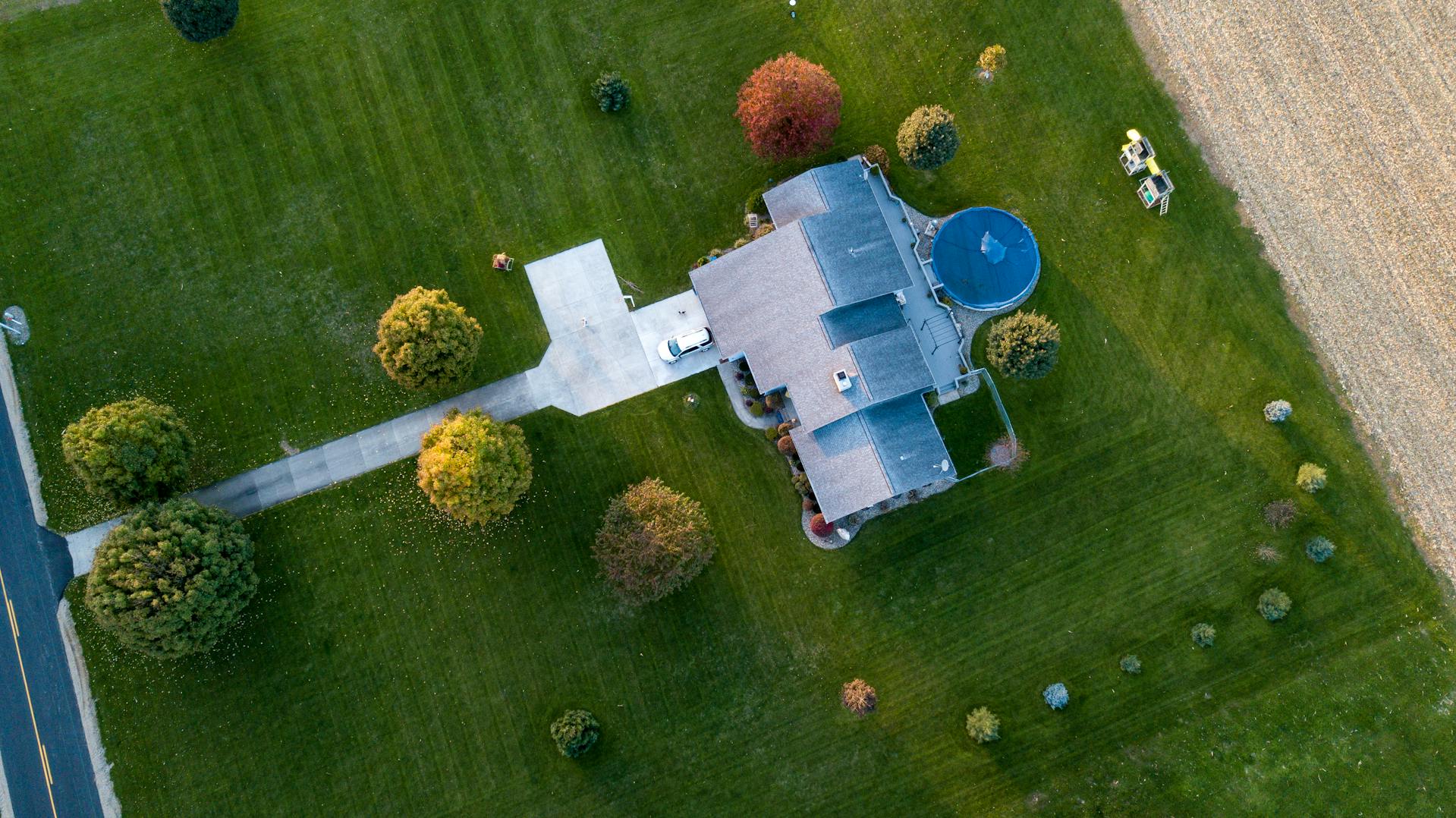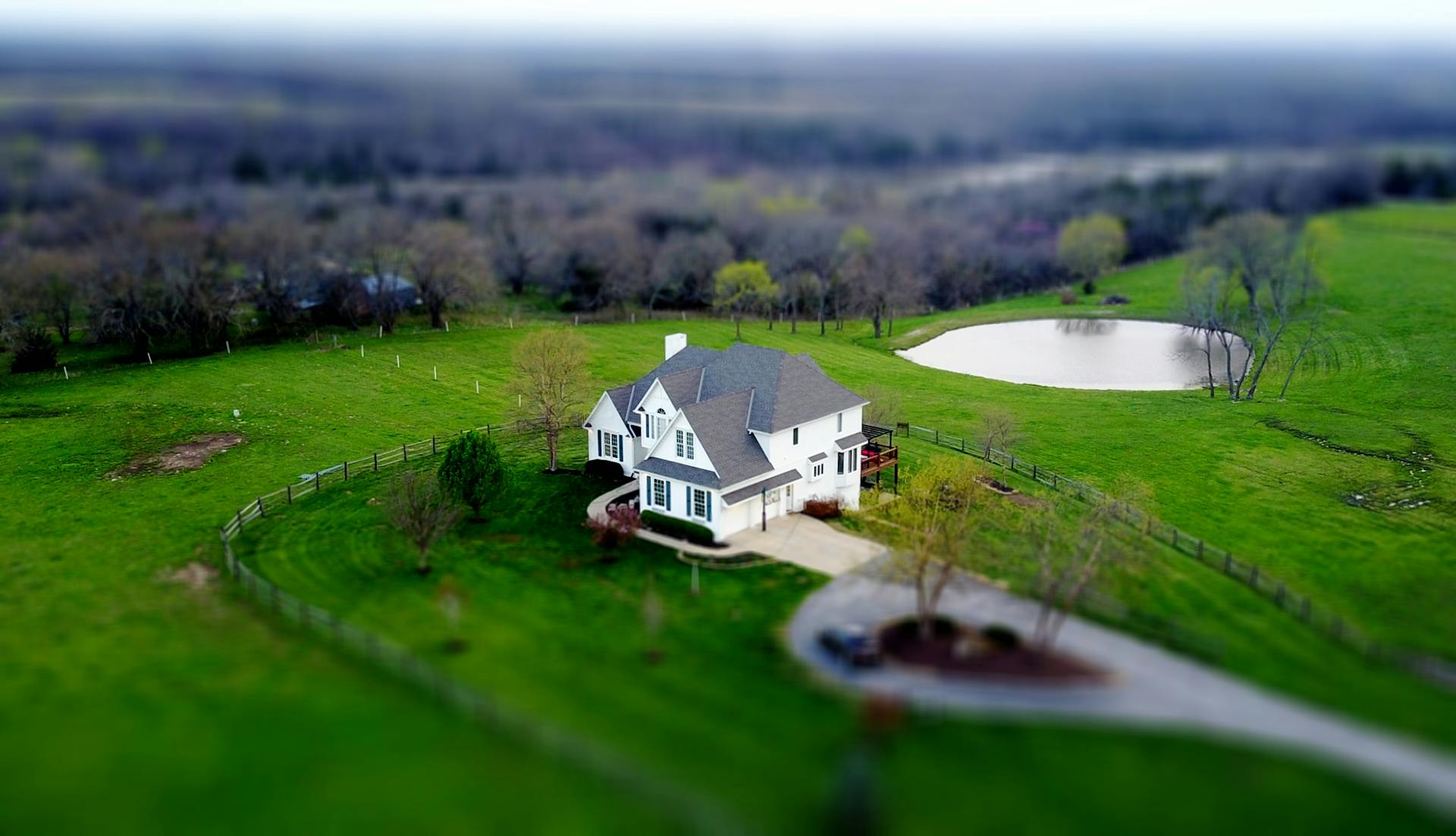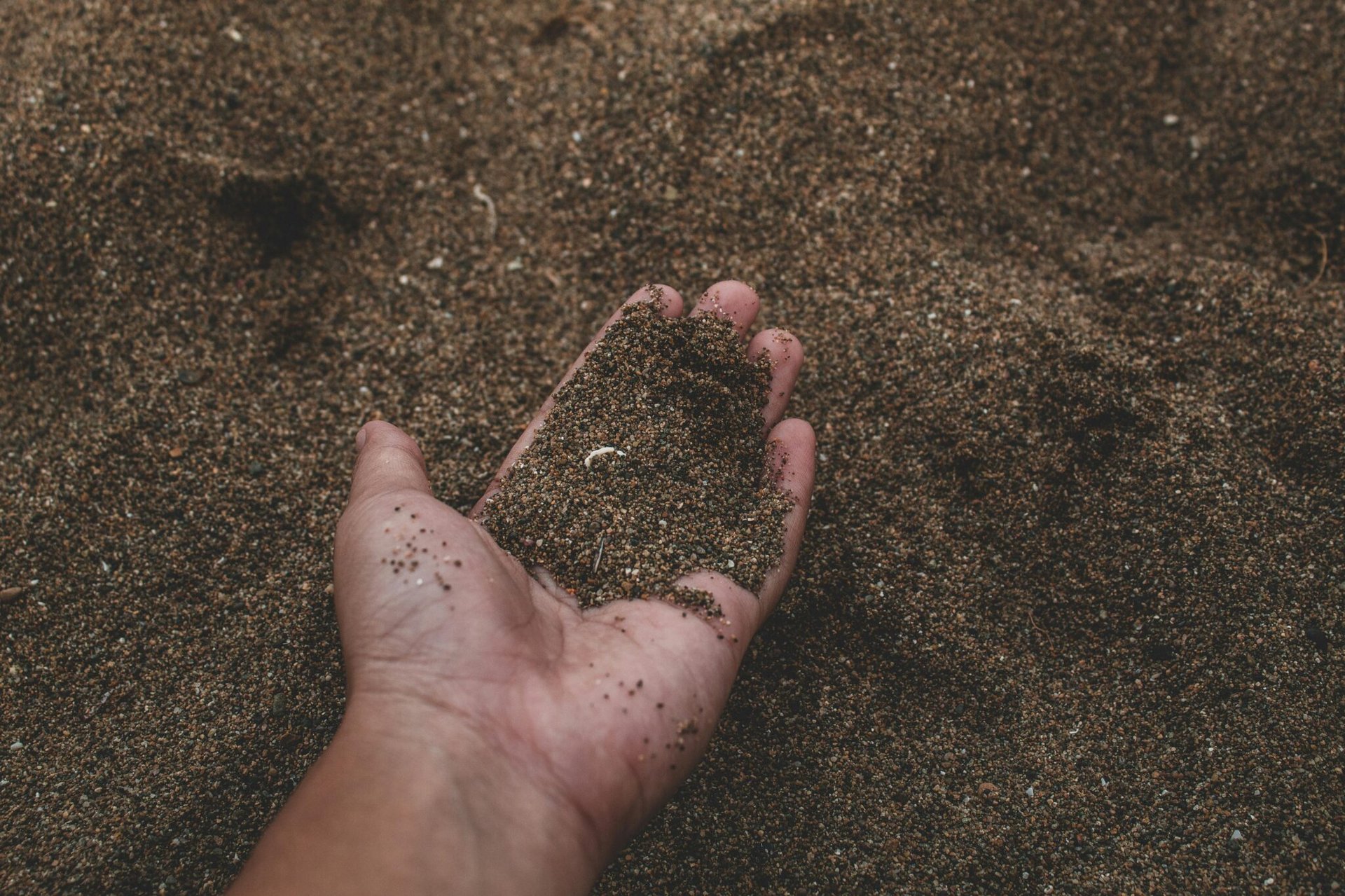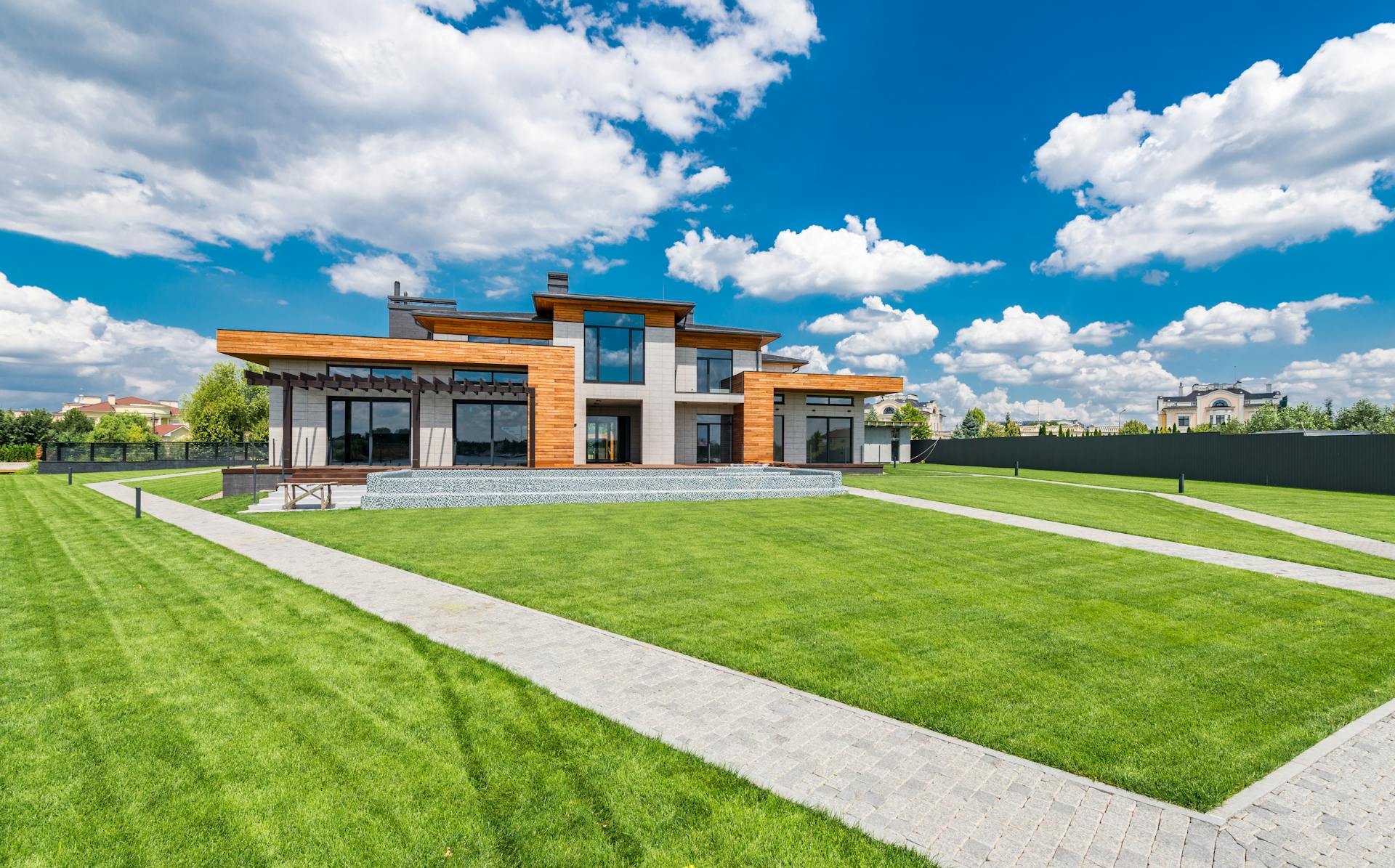A lush, green lawn is the pride of any Australian garden, but achieving and maintaining it requires more than just regular mowing and watering. One of the most overlooked yet critical factors in lawn health is proper drainage. Poor drainage can lead to waterlogging, soil compaction, fungal diseases, and even the death of grass roots.
We’ll explore why drainage is essential for a healthy lawn, the signs of poor drainage, different drainage solutions, and how to maintain optimal soil conditions. Whether you’re dealing with heavy clay soil or frequent Gold Coast downpours, understanding drainage will help you keep your lawn thriving year-round.

Water is vital for grass growth, but too much of it can be just as harmful as too little. Here’s why proper drainage is crucial:
When soil becomes saturated, oxygen is pushed out, suffocating grass roots. Without oxygen, roots can’t absorb nutrients, leading to yellowing, thinning, and eventual death of the lawn.
Compacted soil prevents water from draining properly, creating a cycle where water pools on the surface instead of soaking in. This makes it harder for grassroots to grow deeply, weakening the lawn’s resilience.
Excess moisture creates the perfect environment for fungal diseases like brown patch, pythium blight, and dollar spot. Proper drainage keeps the soil aerated and reduces the risk of these infections.
Well-drained soil ensures that fertilisers and nutrients are properly absorbed by grassroots. Waterlogged soil can wash away nutrients before plants can use them.
A lawn with good drainage develops deeper roots, allowing it to access moisture from lower soil layers during dry spells.

How can you tell if your lawn is suffering from drainage issues? Look for these common signs:
If you notice any of these problems, it’s time to take action.

Several factors contribute to drainage problems:
If your yard is flat or slopes inward, water won’t run off efficiently. Proper grading ensures water flows away from the lawn.
Excessive thatch (a layer of dead grass and roots) prevents water from penetrating the soil, causing runoff and pooling.
Constant walking or playing on the lawn compacts the soil, reducing drainage.

If your lawn struggles with drainage, here are some effective solutions:
Core aeration involves removing small plugs of soil to allow air, water, and nutrients to penetrate deeper. This is especially helpful for compacted lawns.
Mixing compost, gypsum, or well-rotted manure into the soil improves its structure, helping clay soils drain better and sandy soils retain moisture.
A French drain is a gravel-filled trench with a perforated pipe that redirects excess water away from the lawn. This is ideal for low-lying areas that collect water.
For a natural-looking solution, a dry creek bed made of rocks and gravel can channel water away while adding aesthetic appeal.
Applying a thin layer of sharp sand helps improve drainage in heavy soils. However, avoid overdoing it, as too much sand can create a hardpan layer.
If water pools in certain spots, regrading the lawn to slope gently away from the house (about a 2% slope) can help.
Some grass types handle wet conditions better than others. Kikuyu and Buffalo grass are more tolerant of poor drainage, while Couch and Zoysia prefer well-drained soil.

Once you’ve improved your lawn’s drainage, keep it in top condition with these tips:
A healthy lawn starts with the right foundation—good soil, proper drainage, and quality garden supplies. At Garden Nursery Products, we’re your trusted garden supply store for everything you need to maintain a thriving lawn in Gold Coast.